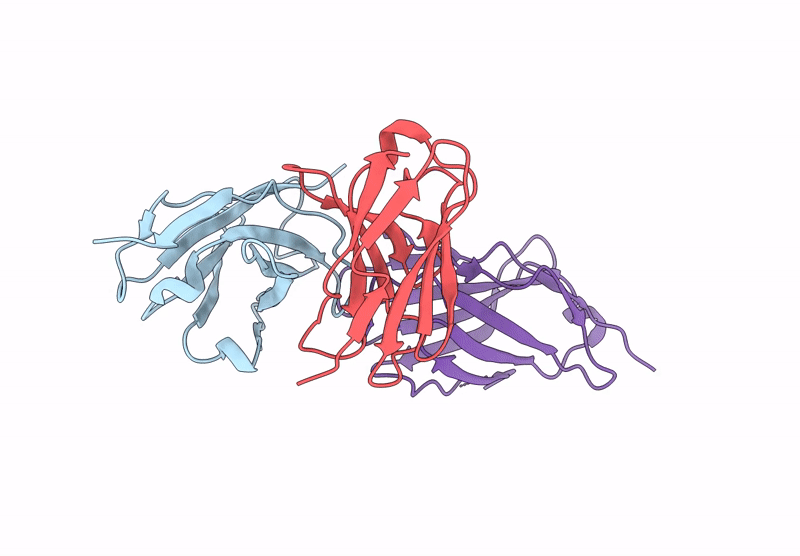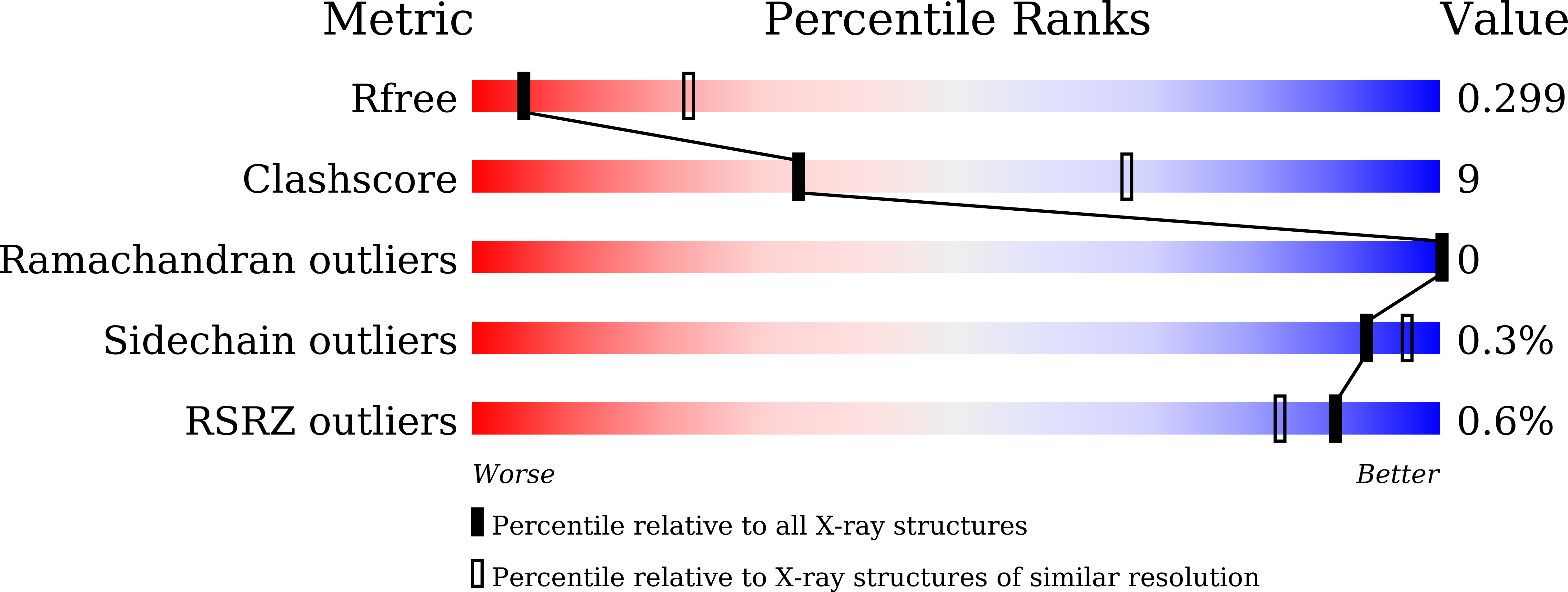
Deposition Date
2022-11-21
Release Date
2023-02-01
Last Version Date
2024-10-16
Entry Detail
PDB ID:
8HIT
Keywords:
Title:
Crystal structure of anti-CTLA-4 humanized IgG1 MAb--JS007 in complex with human CTLA-4
Biological Source:
Source Organism:
Mus musculus (Taxon ID: 10090)
Homo sapiens (Taxon ID: 9606)
Homo sapiens (Taxon ID: 9606)
Host Organism:
Method Details:
Experimental Method:
Resolution:
3.20 Å
R-Value Free:
0.29
R-Value Work:
0.25
R-Value Observed:
0.25
Space Group:
P 31 2 1


